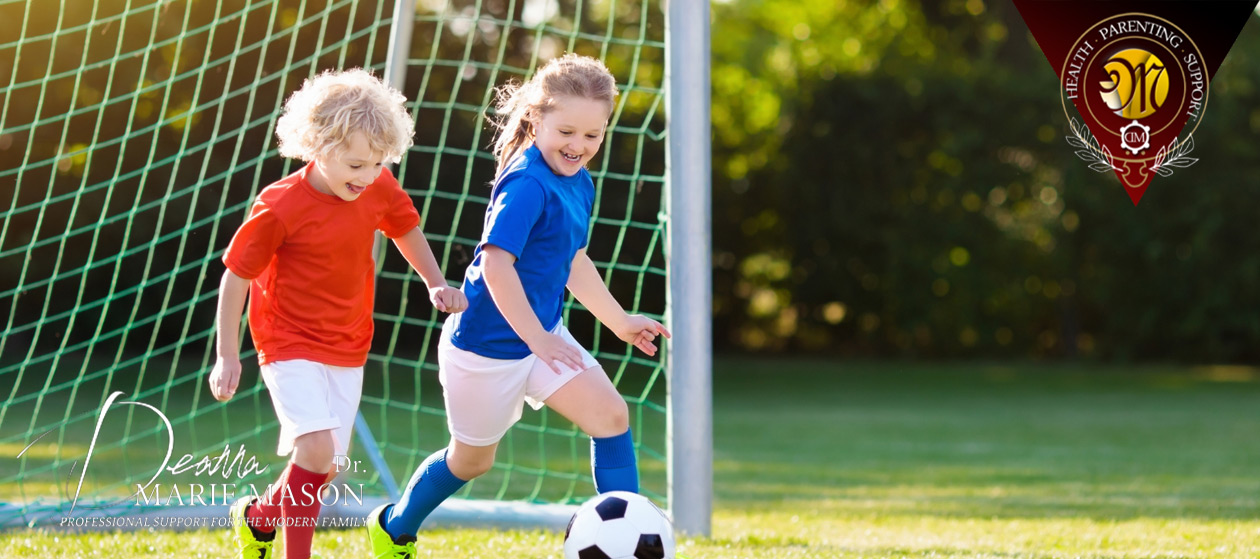Nightly news programming gives us insight on the devastating effects of physical sexual harassment in the form of rape, groping, and unwanted touch. However, new research is revealing that non-physical sexual harassment also negatively affects victims, especially adolescents.
Many parents don’t consider non-physical sexual harassment to be as serious as physical sexual harassment. Non-physical sexual harassment is defined as derogatory comments, unwanted sexual attention and unsolicited explicit images including pornography. Some parents may believe that part of passing through adolescence includes some forms non-physical harassment as part of learning how to interact with the opposite sex.
However, new research amongst adolescents suggests that non-physical sexual harassment also has negative effects on victims. Specifically, victims suffer a psychological toll that can exacerbate symptoms of depression, anxiety, negative body image and low self-esteem.
It is well documented that physical sexual harassment has clear negative effects on the victim. And it is often assumed that non-physical sexual harassment normally includes some level of physical sexual harassment. But technology is now allowing teens to sexually assault one another in a completely non-physical way.
Social media has opened a new reality that creates an anonymous platform to sexually harass others, send pictures and videos with sexual content, and create altered images and videos that do not reflect reality. Additionally, the content (messages, photos, or videos) can be shared on multiple platforms to innumerable amounts of people. Furthermore, once a message, image or video has been posted online, it begins to have a life of its own and neither the aggressor nor the victim has the capacity to retract or remove the content.
Girls tend to be victims of non-physical sexual harassment more often than boys and have more depressive symptoms the more they are harassed. However, both boy and girl victims suffer the consequences of harassment. Additionally, sexual minorities such as gay, lesbian, transgender, and gender fluid adolescents suffer higher than average levels of psychological harm.
Although the old saying, “sticks and stones may break my bone, but words will never hurt me,” has helped children on the playground manage mean words and rumors for decades, they may not be appropriate in today’s technologically advanced environment. Technology and social media platforms are changing the power of words and images for today’s children and teens. Furthermore, the extent that words and images can be shared on social media have no boundaries. Our children can feel like the world in laughing at them when they view their telephones and computers.
With this knowledge, it isn’t surprising that social media has been linked with lower self-esteem, increased depression, risk-taking behaviors, and cyberbullying. It is also known that the more time children and teens spend on social media the higher the negative outcomes.
So, what can parents do to help minimize the risks to their children and teens?
First, parents of both girls and boys need to talk specifically and directly about sexual harassment and why it is damaging to both the aggressor and victim. It is important to give concrete descriptions and examples so your children can identify harassment in their lives and understand when it is happening.
- Example: Calling out in a crowded classroom about the size of a girl’s butt, sending a picture of a penis to your friends in a text message, or labeling a female classmate an insulting name are all forms of non-physical sexual harassment.
Second, parents must inform both girls and boys on how to intervene when sexual harassment is happening. Again, giving descriptions and examples on how to manage situations will help your children know what to do in the moment.
- Example: Tell the person who commented on the size of a girl’s butt that he or she is out of line and speaking inappropriately, not forwarding the picture of the penis to more people and telling the person who sent it that it’s gross and stupid, and correcting the person who is using the insulting name that the female student has a name and it should be used are all non-aggressive forms of intervening.
Third, parents must teach both girls and boys about respect and how it is shared in community. Values of equality, respect, shared responsibility, and honesty can be helpful in explaining why a woman’s body is not a public object to be commented on, touched or abused. Girls must learn to speak up when harassed and boys must learn both not to be harassers and also stand up when they see women being harassed. These are complicated discussions that are best begun when children are small but can be begun during the pre-adolescent and adolescent years.
In order to reduce the amount of physical sexual harassment and non-physical sexual harassment, parents must help their children identify these behaviors and learn what to do when they happen. The path forward will only be successful when both boys and girls are involved and responsible for the solution.
Sources:
Chapin J. (2016). Adolescents and cyberbullying: The precaution adoption process model. Education Information Techology, 21, 719-728.
Lenhart A. (2015). Teens, social media & technology overview. PEW Research Center. Retrieved from http://www.pewinternet.org/2015/04/09/teens-social-media-technology-2015/
Mons, B., Daveronis, J., & Ottesen-Kennair, L.E. (2017). The effects of non-physical peer sexual harassment on high school students’ psychological well-being in Norway: Consistent and stable findings across studies. International Journal of Public Health 63(1). doi: 10.1007/s00038-017-1049-3
About the instructor
Proactive Parenting
Deanna Marie Mason PhD
More than 20 years of clinical experience helping families:
Bachelor's Degree in Registered Nursing, Master’s Degree in Pediatric Nurse Practitioner and PhD in Nursing. University professor, patient education specialist, pediatric researcher, published author and reviewer to first-line international scientific journals, continuous philanthropic activity related to health promotion and education, wife and mother of two children.






